Results
-
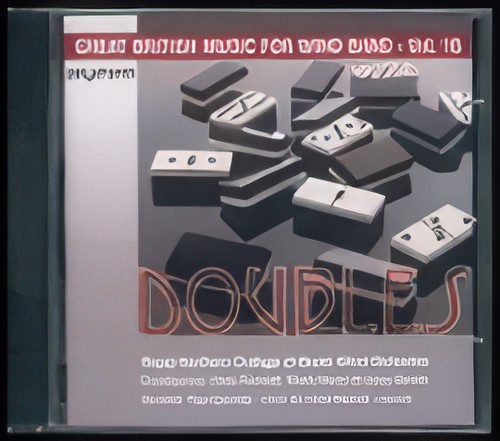 £13.95
£13.95DOUBLES (Royal Northern College of Music Wind Orchestra) (CD)
Great British Music for Wind Band Vol.16 Royal Northern College of Music Wind Orchestra conducted by Clark Rundell, Mark Heron & Dario Sotelo. Guest Soloists: Paul Goodey (Oboe), Linda Merrick (Clarinet).Includes:A Malvern Suite (Sparke/Holland)Musing on a Phrase (Darrol Barry)Heritage Suite (What Hope Saw) (Nigel Clarke)Doubles (A Concerto for Oboe, Clarinet & Wind Orchestra) (Gary Carpenter)Malcolm Arnold Variations (Martin Ellerby)
Estimated dispatch 7-14 working days
-
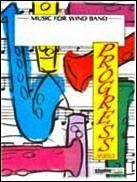 £13.95
£13.95YORKSHIRE OVERTURE, A (Progress Concert Band Extra Score) - Sparke, Philip
Extra Score. A brilliant example of Philip Sparke's mastery of wind band orchestration, bursting with rhythmic energy. Performance time 5'28" (Recorded on QPRM117D FESTIVAL OF MUSIC 1991 (Massed Bands of the Royal Air Force); QPRM153D MOSAIC: Great British Music for Wind Band Vol.13 (Royal Northern College of Music Wind Orchestra)
Estimated dispatch 7-14 working days
-
 £67.95
£67.95YORKSHIRE OVERTURE, A (Progress Concert Band) - Sparke, Philip
A brilliant example of Philip Sparke's mastery of wind band orchestration, bursting with rhythmic energy. Performance time 5'28" (Recorded on QPRM117D FESTIVAL OF MUSIC 1991 (Massed Bands of the Royal Air Force); QPRM153D MOSAIC: Great British Music for Wind Band Vol.13 (Royal Northern College of Music Wind Orchestra)
Estimated dispatch 7-14 working days
-
 £53.50
£53.50Wind Machines - Robert Buckley
Wind Machines can refer either to the various machines that are driven by the wind, or the soaring sound of a wind band. In a cinematic style, this composition takes us high in the sky, soaring above the majestic landscape in a glider. The bold rhythms, effective scoring and artful interplay between sections gives this piece the sophisticated sound and intensity of a much more advanced piece. Dur: ca. 2:20
Estimated dispatch 7-14 working days
-
 £191.99
£191.99Wind Sketches - Philip Sparke
Wind Sketches is a top quality concert work for wind band in three movements, inspired by the relationship between man and wind. Trade Winds, in the form of a march, is reminiscent of a shanty, conjuring up seafaring and the tradewinds. Becalmed, harmonically and melodically almost static, depicts the doldrums. All the more contrasting is Riding the Storm, which concerns the love-hate relationship of people to the winds that he needs and at the same times fears.
Estimated dispatch 7-14 working days
-
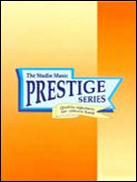 £164.95
£164.95Tristan Encounters (Prestige Concert Band - Score and Parts) - Ellerby, Martin
This work is subtitled Prelude and Transfigurations for Brass, Wind and Percussion. It is derived from Wagner's Prelude to his opera Tristan and Isolde and consists of a series of tableaux-mood pictures which alternate between a romantic idiom and tritone-style aggressive music. The work is cast as a prelude and ensuing set of fourteen variations and is meant to be played as a continuous piece.Grade 5Performance time 16'25''Recorded on QPRM152D MOSAIC: Great British Music for Wind Band Vol.13 (Royal Northern College of Music Wind Orchestra)
Estimated dispatch 7-14 working days
-
 £32.95
£32.95Tristan Encounters (Prestige Concert Band - Score only) - Ellerby, Martin
This work is subtitled Prelude and Transfigurations for Brass, Wind and Percussion. It is derived from Wagner's Prelude to his opera Tristan and Isolde and consists of a series of tableaux-mood pictures which alternate between a romantic idiom and tritone-style aggressive music. The work is cast as a prelude and ensuing set of fourteen variations and is meant to be played as a continuous piece.Grade 5Performance time 16'25''Recorded on QPRM152D MOSAIC: Great British Music for Wind Band Vol.13 (Royal Northern College of Music Wind Orchestra)
Estimated dispatch 7-14 working days
-
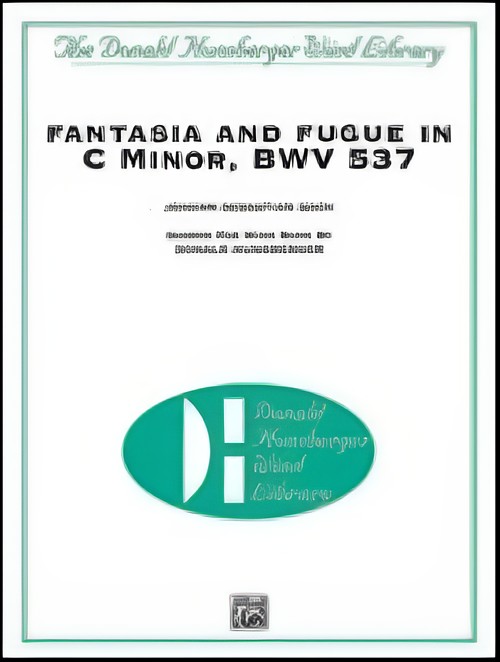 £112.95
£112.95FANTASIA AND FUGUE IN C MINOR (Concert Band) - Hunsberger, Donald
This work, originally written for organ, was the initial offering in the DHWL. The organ and the contemporary wind band share numerous timbre and sound projection properties as well as sharing philosophy and technique in organ registrations and in wind orchestration. Hunsberger, whose instrumentation closely follows concepts of organ registration, has created unique timbres and tonal couplings in the wind and brass sections throughout.
Estimated dispatch 7-14 working days
-
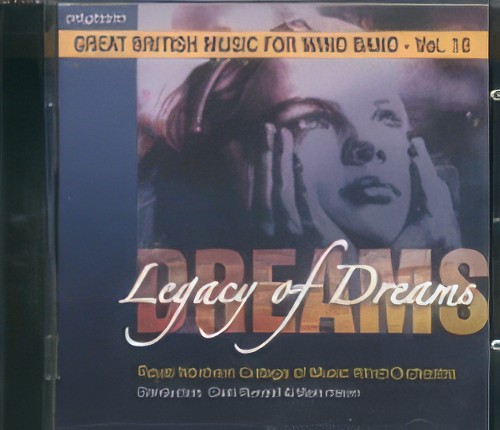 £13.95
£13.95LEGACY OF DREAMS (Royal Northern College of Music Wind Orchestra) (CD)
Great British Music for Wind Band Vol.18 Royal Northern College of Music Wind Orchestra conducted by Clark Rundell and Mark Heron.Includes:Prelude to Comedy (Gordon Jacob)A Liverpool Overture (Tom Moss)A Soliloquy for Solferino (Martin Ellerby)Earthrise (Concerto for Band)(Nigel Clarke)Legacy of Dreams (Stephen Richardson)High Spirits (Rob Wiffin)Elegy for Checkpoint Charlie (Martin Ellerby) - Alto Saxophone Soloist: Michael JacksonIt Came Upon a Midnight Clear (arr. Duncan Stubbs)Commemorations (Martin Ellerby) containing the movements: Fanfare and Royal Procession; Hougoumont (March in Memoriam); Jacob the Goose (Scherzando Militaire); Elegy 1944 (Anthem for a Regiment) - Trumpet Soloist: Katherine Curlett; Blue, Red, Blue March (Marchi in Celebration).
Estimated dispatch 7-14 working days
-
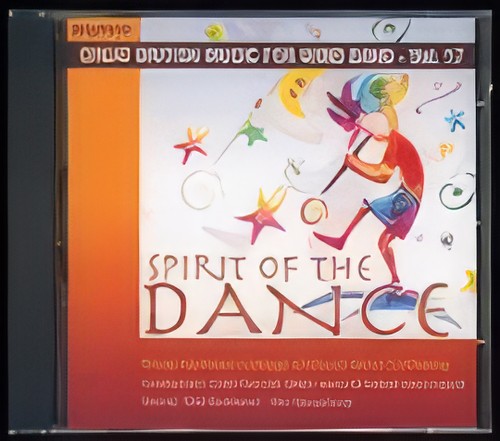 £13.95
£13.95SPIRIT OF THE DANCE (Royal Northern College of Music Wind Orchestra) (CD)
Great British Music for Wind Band Vol.17 Royal Northern College of Music Wind Orchestra conducted by Clark Rundell, Mark Heron & Rafael Sanz-Espert. Guest Soloist: Rob Buckland (Saxophone).Includes:Their Finest Hour (A Portrait Overture) (Nigel Clarke)A Norfolk Rhapsody (Martin Ellerby)Looking In (A Self-Portrait) (Tom Davoren)Cinnamon Concerto (for Solo Alto Saxophone/Concert Band) (Martin Ellerby)Harlech Variants (Duncan Stubbs)Spirit of the Dance (Rob Wiffin)
Estimated dispatch 7-14 working days
